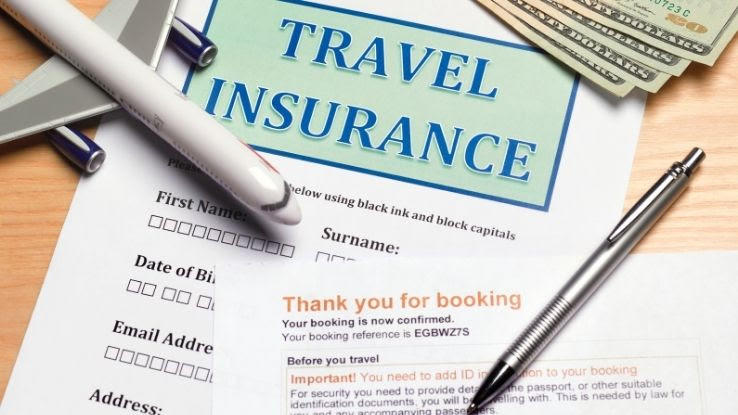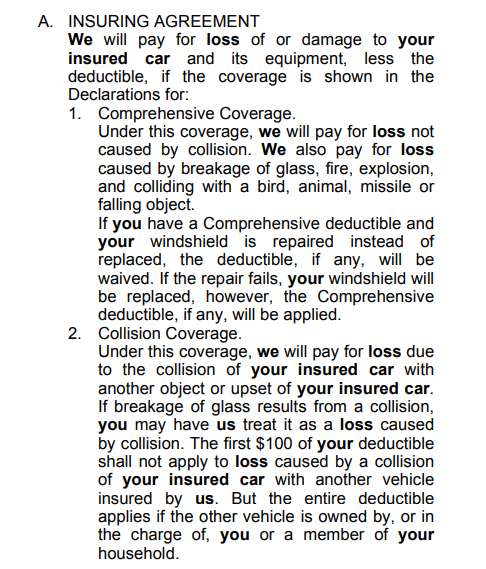More About Pacific Prime
More About Pacific Prime
Blog Article
The smart Trick of Pacific Prime That Nobody is Discussing
Table of ContentsIndicators on Pacific Prime You Should KnowEverything about Pacific PrimeThe Pacific Prime DiariesThe 7-Minute Rule for Pacific PrimeGetting My Pacific Prime To Work

This is because the data were accumulated for a duration of solid economic efficiency. Of the estimated 42 million individuals that were without insurance, almost about 420,000 (about 1 percent) were under 65 years old, the age at which most Americans end up being qualified for Medicare; 32 million were grownups between ages 18 and 65, about 19 percent of all grownups in this age; and 10 million were children under 18 years old, concerning 13.9 percent of all children (Mills, 2000).
These quotes of the number of persons uninsured are created from the yearly March Supplement to the Current Populace Survey (CPS), performed by the Census Bureau. Unless or else noted, nationwide quotes of people without health and wellness insurance coverage and proportions of the population with different kinds of insurance coverage are based on the CPS, the most widely utilized source of estimates of insurance policy protection and uninsurance rates.
The smart Trick of Pacific Prime That Nobody is Talking About

Still, the CPS is especially useful since it generates annual price quotes relatively quickly, reporting the previous year's insurance policy protection estimates each September, and because it is the basis for a consistent collection of quotes for greater than two decades, allowing for evaluation of fads in insurance coverage in time. For these factors, as well as the comprehensive use the CPS in other studies of insurance coverage that are provided in this record, we depend on CPS quotes, with limitations kept in mind.

The price quote of the number of without insurance individuals increases when a population's insurance policy standing is tracked for a number of years. Over a three-year period starting early in 1993, 72 million individuals, 29 percent of the united state population, lacked protection for a minimum of one month. Within a solitary year (1994 ), 53 million individuals experienced a minimum of a month without coverage (Bennefield, 1998a)
6 out of every 10 uninsured adults are themselves used. Functioning does enhance the possibility that one and one's family members will certainly have insurance, it is not a guarantee. Even participants of families with 2 full time wage earners have virtually a one-in-ten chance of being without insurance (9.1 percent uninsured rate) (Hoffman and Pohl, 2000).
Not known Facts About Pacific Prime
New immigrants represent a substantial percentage of people without medical insurance. One evaluation has actually associated a significant part of the current development in the size of the U.S. without insurance population to immigrants that showed up in the country in between 1994 and 1998 (Camarota and Edwards, 2000). Recent immigrants (those who involved the United States within the past 4 years) do have a high rate of being without insurance (46 percent), however they and their kids account for simply 6 percent of those without insurance policy country wide (Holahan et al., 2001).
The relationship in between medical insurance and accessibility to care is well established, as recorded later on in this phase. Although the connection between medical insurance and health and wellness end results is neither direct neither easy, a substantial scientific and health services study literary works links medical insurance protection to improved access to care, much better quality, and boosted personal and population health standing.
Levels of evaluation for analyzing the results of uninsurance. This discussion of medical insurance coverage concentrates primarily on the united state population under age 65 due to the fact that virtually all Americans 65 and older have Medicare or other public insurance coverage. Furthermore, it focuses specifically on those with no wellness insurance policy for any type of length of time.
See This Report about Pacific Prime
The issues faced by the underinsured are in some respects similar to those encountered by the uninsured, although they are normally much less extreme. global health insurance. Uninsurance and underinsurance, nevertheless, entail clearly different plan issues, and the techniques for resolving them may differ. Throughout this research and the 5 records to follow, the primary emphasis is on persons without medical insurance and therefore no aid in spending for healthcare past what is available through charity and safeguard institutions
Wellness insurance coverage is an effective factor influencing receipt of care since both patients and doctors reply to the out-of-pocket cost of services - https://myanimelist.net/profile/pacificpr1me. Medical insurance, nevertheless, is neither required neither adequate to get to clinical services. However, the independent and straight effect of medical insurance coverage on accessibility to wellness solutions is well developed.
Others will certainly acquire the wellness care they need even without wellness insurance, by paying for it expense or seeking it from providers that use care cost-free or at extremely subsidized prices. For still others, health insurance policy alone does not ensure receipt of care due to various other nonfinancial barriers, such as an absence of healthcare companies in their community, limited access to transportation, illiteracy, or linguistic and cultural distinctions.
The smart Trick of Pacific Prime That Nobody is Discussing
Official research study about without insurance populaces in the United States dates to the late 1920s and very early 1930s when the Board on the Price of Treatment created a Read More Here collection of records regarding funding physician workplace sees and hospitalizations. This problem became salient as the numbers of clinically indigent climbed up during the Great Depression.
Report this page